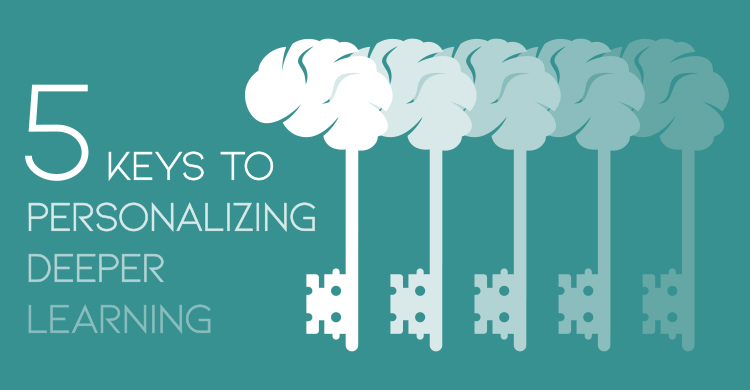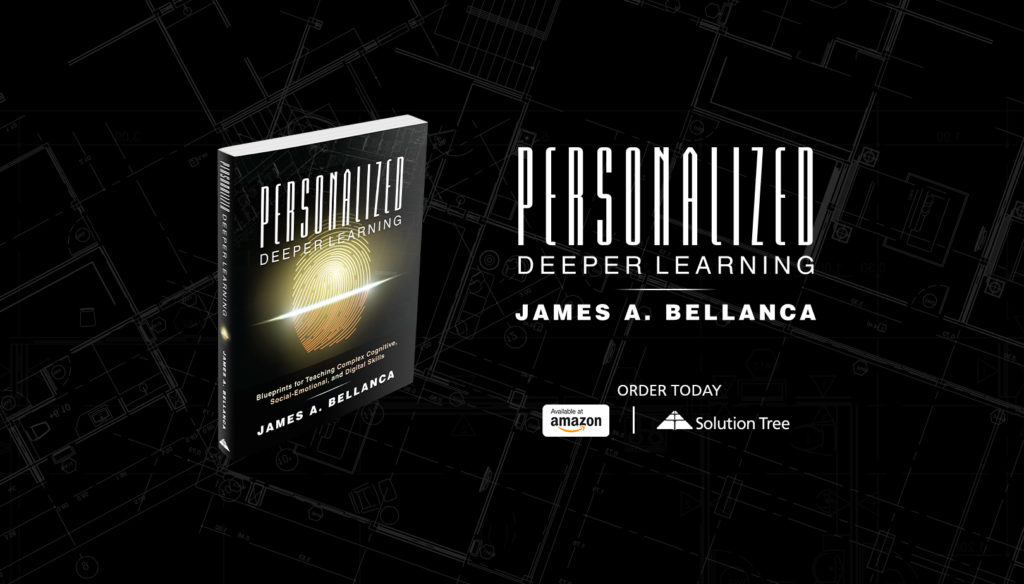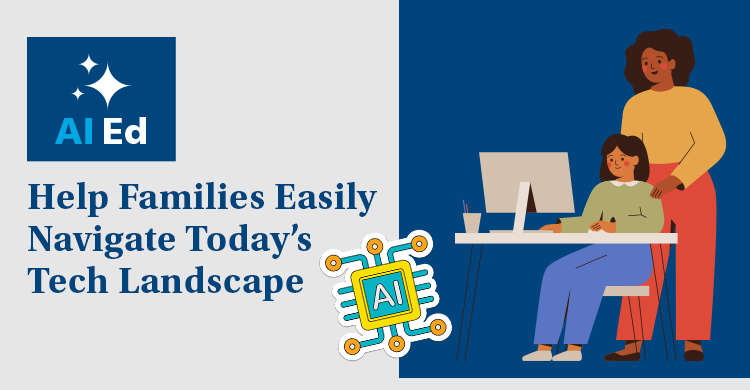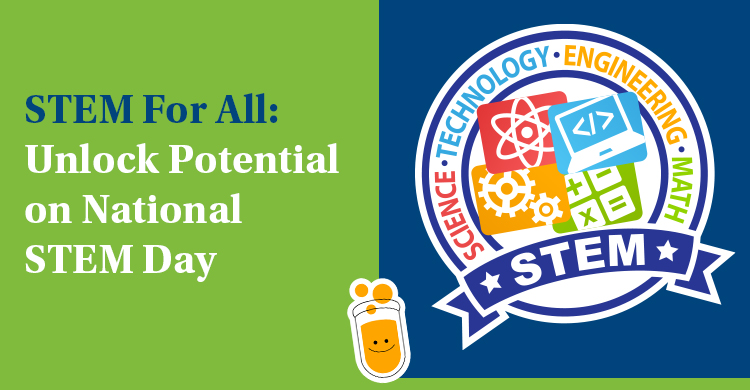Based on Personalized Deeper Learning
Here’s a scenario to get us started: A colleague, Tom, is shoulder-deep advocating for technology as the best way to personalize learning for every kid. To start, he favors that every student be on a computer. For him, tech makes life easier for teachers.
I feel compelled to challenge Tom’s belief that every kid must have a digital program for every subject, all day, every day, if his teachers are going to personalize learning. (For starters, his declaration eliminates personalized learning for students who have neither a computer nor the internet, and most of those whose classrooms may have limited devices.)
Tom’s perfect student enters the room—or if remote, is at her desk, sitting at a computer station and logged in for instruction, by and from the computer’s intelligent programs. He will remind me over and over that tech companies and publishers have programs ready to sell with the wherewithal to personalize everything a student must know, from his grade’s scope and scale curriculum, to any test prep a student might require.
“The device,” he assures me, “assesses and tells what the student knows and needs to know. If the student struggles on the first screen, the digital program adjusts the kid’s very own path. And when the day is done, there is the added bonus for the teacher that the machine keeps every student’s daily track record. The teacher has not a single quiz to score nor a gradebook entry to make.”
His words make some sense, especially about eliminating the grading grind. I wonder out loud, however, how it promotes voice and choice or even personalizes the learning.
It seems to me electronic programs are best as tools to save teachers time. He doesn’t see what I understand personalized learning to be.
Personalized learning, within the context I think about, is the result of an individual’s self-directed learning—the making of personally meaningful choices about what, how, when, where, and why he or she is diving to reach deeper learning outcomes. With a machine, the choices seem very superficial, even fake. The teacher hands out the lesson with the goals, objectives, and questions all run by the machine.
Feedback is swift, but the machine selects what’s next. I tell him that if the questions are multiple choice, the student does have a voice there.
“That’s true,” he says. “You are forgetting that teachers need measurable data to assess each student’s performance. Computers get kids ready for quizzes, which supply that data. The machine’s program figures out which learning path is personally best for each kid, and scores responses the student chooses to make. Higher scores are our school’s top goal.”
I sigh.
“Your vision implies that learning is what’s measurable. And just because the program makes an automatic, ‘personalized’ adjustment to ensure he gets the right answer. Voila! It’s all over.”
A different image
I have a different image of personalized learning. My image comes from work with teachers in many schools, trying to engage kids’ hearts and minds in deeper learning experiences, not just their fingers on a keyboard inputting a “chosen” right answer.
I have targeted five keys I believe enable personalized deeper learning by every student. In this image, student choices are much more personally meaningful than what students assisted by a computer are allowed. Even if students lack ready access to computers, these five actions will initiate personalized learning experiences.
1. Make student voice loud and clear
Deeper learning starts with students making their own authentic choices about what, how, and why they learn. The more their voices are engaged in making choices about their own talents and interests—and the more they have the opportunity to pick what, how, and why they learn, articulate their own goals, gather feedback, and assess the what, how, and why—the deeper their understandings will be, and their motivations to pursue more learning will be more profound.
With voice and choice, their minds and hearts are the agents of decision making, not responders to an electronic scoreboard that dispenses stars.
2. Place process first; understanding comes later
Today, standardized testing drives 99 percent of instruction. In the shallowest terms, annual tests prefer assessment of 19th century facts and figures over assessment of the complex thinking and problem-solving, social-emotional, and digital skills that are the first in demand proficiencies. These are not only necessary for producing deeper understanding of content in the curriculum (Hewlett, 2020), but also for preparing students as 21st century workers and citizens (World Economic Forum, 2020).
In deeper learning lessons, the more competent and confident a student becomes applying these process skills to achieve deeper understanding, the more likely he or she will score higher on standardized tests and advance their self-directed learning abilities.
In this context, personalized learning starts with each student’s voice on the what, how, when, where, and why of learning and applying the process skills to content.
3. Mentor
Even when constrained by a narrow, rigid set of fact-filled content standards, such as in Georgia and Texas, teachers focused on personalizing deeper learning can anchor their students’ learning activity on personally achieved outcomes. They do so by serving as mentors, not fact dispensers.
In this role, teachers spend 85 percent of classroom time helping students to explore their thinking aligned with course goals, frame their personal goals, pick topics and ideas to investigate, sharpen their digital and inquiry skills, expand their talents, and (most of all) self-assess what they can do about as process-competent, efficient, and effective learners.
Throughout each lesson or project, teachers as mentors coach students to achieve the goals students determined in ways the students prefer to learn.
4. Foster self-assessment
To arrive at a full personalized learning plan driven by 95 percent student agency, teacher-mentors must listen, stimulate thought, enrich inquiry by asking driving and guiding questions and by probing responses, give feedback, and encourage students to form and self-assess their own goals.
When I hear a teacher say “My students don’t have the knowledge or skill to evaluate what they have learned,” I acknowledge that position as 100 percent correct. However, I also note that this hole in their knowledge is not written in stone. What would happen if we took the time to enable students to “learn how to learn” more skillfully and deeply, even as they investigate the content in your course in different ways, as long as the outcomes came as a result?
5. Enable and enrich with technology
Teachers, not technology, drive deeper learning. By restructuring how we help students “learn how to learn” what is most important for their future schooling and careers, technology offers all the tools that are necessary to transform instruction, curriculum, and assessment.
The nucleus for this transformation is the student, the student’s agency, and the teacher’s role as mentor of that agency. As the guide on the side, the teacher offers whatever needs to know coaching to help digital natives who are not yet digital learners.
What digital skills are needed to call on specialized apps and programs? How are the two linked? What programs or apps help with what complex cognitive task the student needs in his or her plan? Which and how do they apply these digital tools for deeper understanding?
When all is said and done, now what?
With an understanding of what meaningful, authentic personalized learning can bring to each student’s next learning experience, one question remains for any teacher, regardless of their style: How can I call on these five keys so that my next learning plan adopts one or more of these keys to open my students’ door to more personalized learning?
Sources:
World Economic Forum
[author_bio id=”145″]







